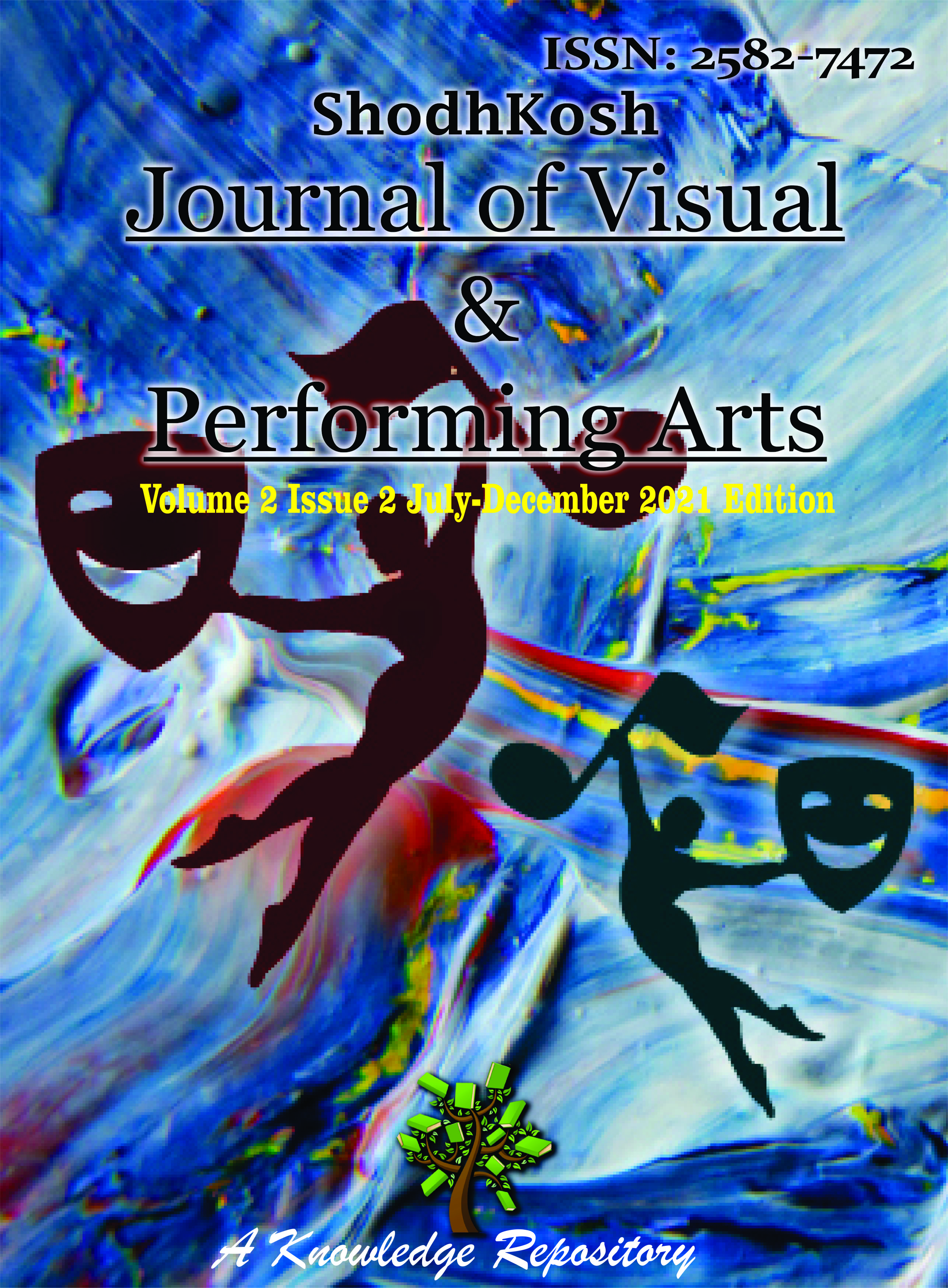IMPLEMENTING CONTENT AND LANGUAGE INTEGRATED LEARNING (CLIL) AT THE DIPLOMA LEVEL IN KERALA: PREPARATORY PHASE OF THE EXPERIMENT
DOI:
https://doi.org/10.29121/shodhkosh.v2.i2.2021.2082Keywords:
Content and Language Integrated Learning (CLIL), Team Teaching, Communicative Language Teaching (CLT), Information Gap Activities, Multiple Intelligences Theory, RealiaAbstract [English]
Content and Language Integrated Learning (CLIL) represents a significant pedagogical shift from traditional, teacher-centred methods to a more learner-centred approach. In CLIL, the emphasis is placed on integrating content learning with language acquisition, fostering deeper engagement and autonomy among students. This transition necessitates a careful preparatory phase that begins with identifying learners’ needs and progresses to creating opportunities for active participation and independent learning in the classroom. The evolving role of teachers in guiding this process, alongside the personalized nature of the learning experience, redefines the overall concept of education. This paper outlines the key stages in the preparatory phase of a CLIL experiment conducted in a polytechnic college in Kerala, offering insights into how this approach transforms both teaching and learning practices.
References
Gardner, H. (1983). Frames of mind: The theory of multiple intelligences. Basic Books.
Dale, L., & Tanner, R. (2012). CLIL activities: A resource for subject and language teachers (S. Thornbury, Ed.). Cambridge University Press.
Marsh, D. (2000). Using languages to learn and learning to use languages: An introduction to content and language integrated learning for parents and young people. University of Jyväskylä. Retrieved from https://www.jyu.fi
Downloads
Published
How to Cite
Issue
Section
License
Copyright (c) 2021 Arun George

This work is licensed under a Creative Commons Attribution 4.0 International License.
With the licence CC-BY, authors retain the copyright, allowing anyone to download, reuse, re-print, modify, distribute, and/or copy their contribution. The work must be properly attributed to its author.
It is not necessary to ask for further permission from the author or journal board.
This journal provides immediate open access to its content on the principle that making research freely available to the public supports a greater global exchange of knowledge.




























